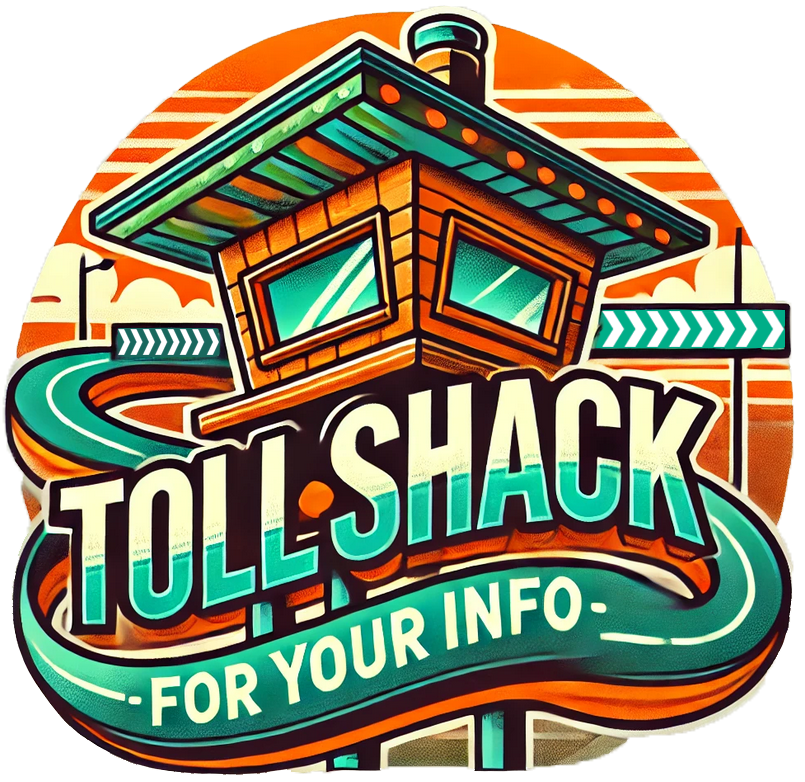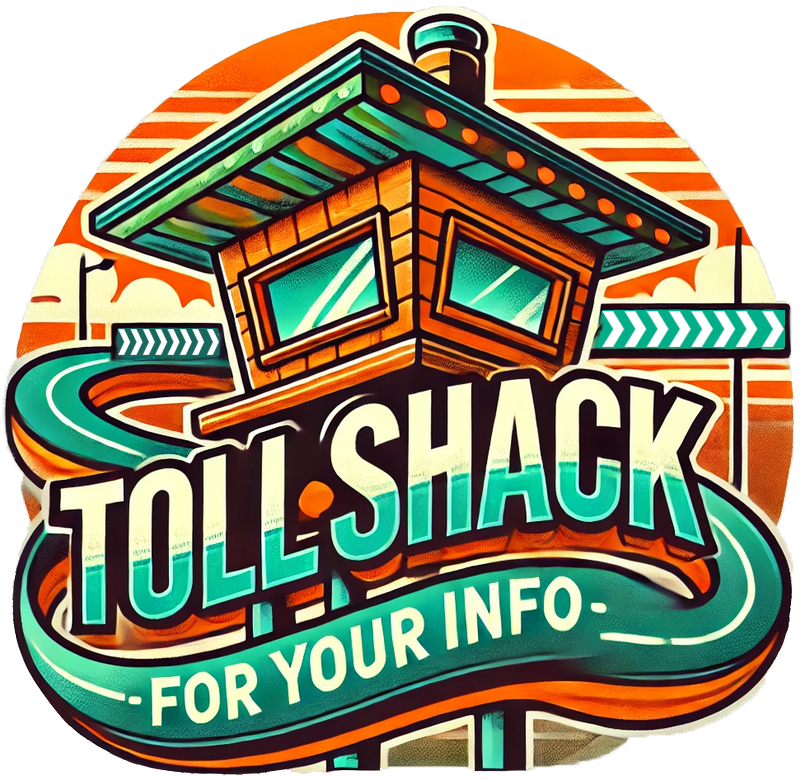Pay-by-plate toll charges are fees assessed to drivers based on the recognition of their vehicle’s license plate as it passes through a toll point. Here’s how the process works:
How Toll Companies Charge by Plate:
1. **License Plate Recognition**: As a vehicle approaches the toll point, high-resolution cameras capture the license plate image. Advanced optical character recognition (OCR) technology then decodes the plate number.
2. **Database Check**: The captured plate number is cross-referenced with a database to identify the vehicle and any associated account information, if applicable.
3. **Charge Calculation**: The toll rate is determined based on the specific toll road or bridge being used. This can vary by time of day, vehicle type, or distance traveled.
4. **Billing Process**:
– **Account-Based**: If the driver has an account with the tolling authority (often linked to the vehicle’s license plate), the charge is automatically deducted from their balance.
– **Pay-By-Mail**: If the driver doesn’t have an account, a bill is sent to the registered owner of the vehicle. This bill includes details of the toll usage, the date, and the amount owed.
5. **Payment Methods**: Drivers can usually pay their toll charges through various methods, such as online payments, mail, or phone.
Key Points to Remember:
– **No Stopping Required**: This system allows vehicles to pass through tolls without stopping, which helps maintain traffic flow.
– **Automated Processing**: The entire process is automated, reducing the need for personnel at toll booths.
– **Privacy Concerns**: There are considerations around privacy and data security, as vehicle movement is tracked.
Overall, pay-by-plate tolling is designed to streamline toll collection and make the experience more convenient for drivers.



Customer Reviews
Thanks for submitting your comment!